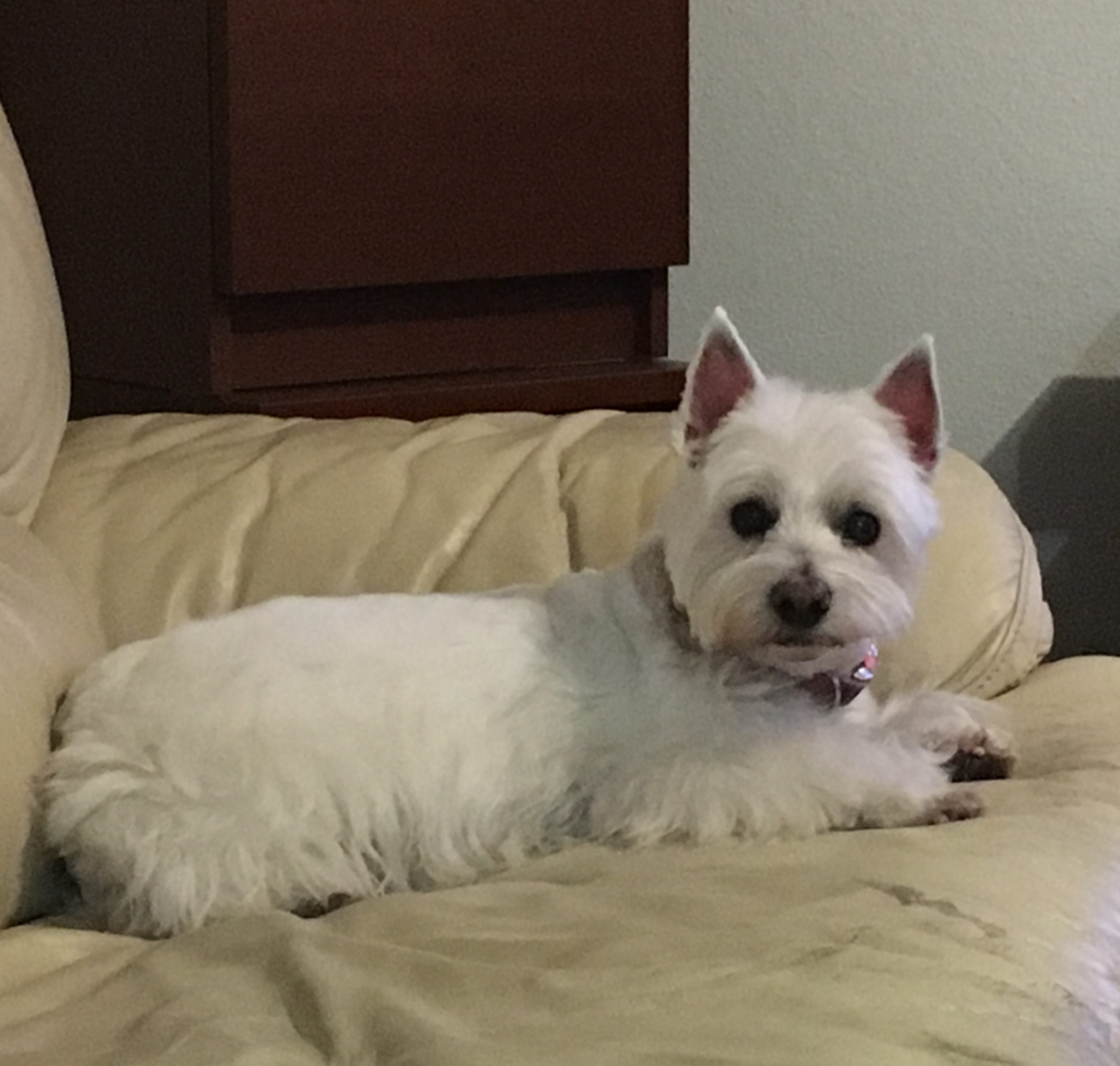
Hats off to Panama City!
Panama City celebrates its 503rd foundation anniversary this month. Festivities will spread out over several days, but the official anniversary day is the 15th of August. The year, of course, was 1519. If you were to be driven from the Tocumen Airport on the southside freeway to the city, you would likely see the remains of a cathedral whose construction began in 1519. In the photo below, you would look to your right for something like this, which would loom above the treeline. This photo shows the freeway from which you would be viewing. The tower is illuminated at night when it might be easier for the untrained eye to spot.

The Jamaican Governor and Welsh pirate, Captain Morgan of Jamaican rum fame, attacked the city in 1671, burning it down. The Spanish settlement then moved lock, stock and barrel to a protective peninsula, which today is called Casco Viejo (Old Town). Below is a map to explain both the original location of old Panama City and the newer old town. In between lies the modern city.

Now, after this introduction to Panama City’s celebration, I continue with the intended subject of this blog and that is the real Panama hat, which you see on the head of the little boy in the opening photo. It’s called a Pintao hat, a hat exclusively originating in Pintado, an area of Panama. This special United Nations-recognized cultural jewel of Panama is unfortunately overshadowed by an Ecuadorian hat that became known as the Panama hat.
Panama hat————————————-Panama Pintao hat


The real Panama hat comes from Ecuador and is made from pliable plaits of cartaludovica palmata. It’s comfortable and breathes well and was marketed in the 1850s when sea-faring Gold Rush prospectors made their way from the Caribbean Sea to California via the Isthmus of Panama. The hat proved an invaluable defense against the sun. Purchased in Panama, it became known as a Panama hat. Other versions of the beginnings of the so-called Panama hat relate to the American construction of the Panama Canal. Workers apparently used the hat as a work hat and brought them back to the United States and, again because it was purchased in Panama, it was called a Panama hat.
The Pintao hat is not as socially-prominent in the world as the famed Panama hat, but you still see them in Panama. The hats are usually worn in festive settings, but some still wear them for practical use. They are made from five different strands of native plants and a sixth plant is used to dye some of the strands. Particular strands are soaked in a local mud, infusing them with a reinforcing natural mineral. They are always handmade and, one is typically produced in a couple of weeks, which makes them quite expensive, into the hundreds of dollars.

For an excellent story about the pintao hat, please open this link by clicking or by cutting and pasting to your brouser: https://heritagepedia.com/2022/04/10/the-pintao-hat-of-panama-the-story-of-a-dying-cultural-heritage/
